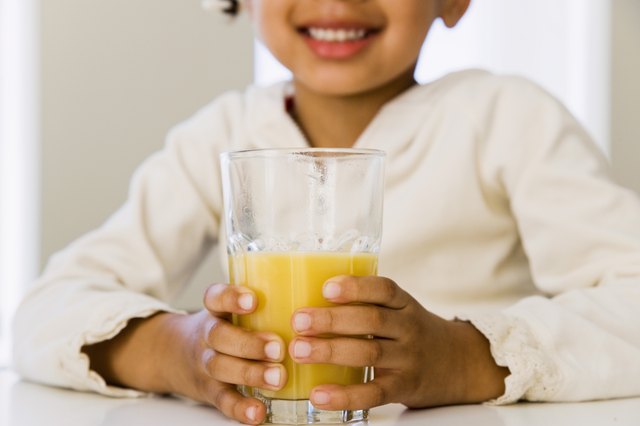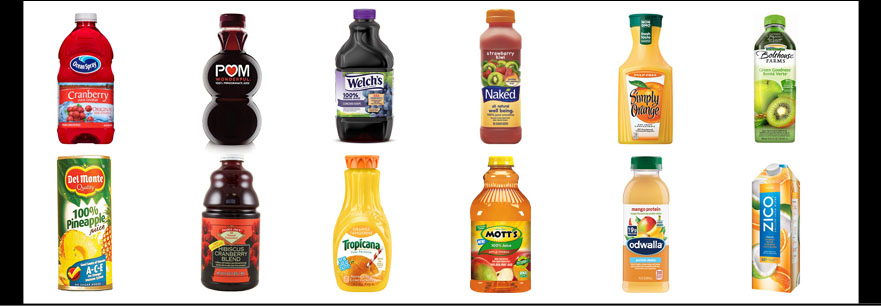
Fruits that have fallen on the ground or that are visibly contaminated with bird feces, animal feces, or other gross debris should not be harvested. Good Agricultural Practices: Good Agricultural Practices should be encouraged to reduce the potential for contamination of fruits used for making juice. Follow this simple guide from the University of Georgia for safe methods to making apple juice and cider. However, fresh or unpasteurized apple juice or cider can cause foodborne illness from bacteria found on fallen apples or in the juice processing facility. Treatedjuice, more commonly found in health-food stores and farm markets, has been treated to kill pathogens that may be present in the juice through a method other than pasteurization, such as UV irradiation, surface treatment of the fruit, or high pressure treatment.ĭrinking fresh apple cider, especially if homemade, is a delicious way to enjoy your apples throughout the fall and winter months. Pasteurized juice can be found as frozen concentrate, displayed at room temperature, or in the refrigerated section of your supermarket. About 98% of all juices sold in the United States are pasteurized. Most juice concentrate sold in grocery stores has been heat treated as part of the concentration process and this is equivalent to pasteurization. By pasteurizing juice, pathogens which may be present in the liquid are killed. Pasteurizedjuice is heated to a high temperature for a short time before it is sold. Only a small portion of all fruit and vegetable juices sold in supermarkets is not treated to kill harmful bacteria.

Since 1999, the FDA has required juice manufacturers to place warning information on product containers about the health risks of drinking untreated juice or cider. Serious outbreaks of foodborne illness, including Salmonella, E.coli 0157:H7, and Clostridium, have been traced to drinking fruit juice, vegetable juice, and cider that has not been treated to kill harmful bacteria. Ciders are fermented beverages, typically made from apple juice or other fruits juices.įood Safety: Outbreaks of illness associated with consumption of fruit juice have been a growing public health problem since the early 1990s. Juice is prepared by mechanically squeezing or macerating fresh fruits or vegetables flesh. Licensing a Food Business in the City and County of Denverĭefinition: The liquid that is naturally contained in fruit or vegetable tissue.Cottage Foods Act-Frequently Asked Questions.

It's not hard to find a cheaper apple juice brand, but we don't think you can beat the taste of North Coast, putting it at the very top of our ranking of the best apple juice brands. You can pick from original, Gravenstein, and Honeycrisp apples (which are one of the more expensive types of apples). The company even has different varieties if you like to change up the taste of your apple juice sometimes. We're convinced, though, that you'll really enjoy the North Coast flavor. You get what you pay for, and you're going to have to pay a little more for this juice. And the company works with recycling program TerraCycle to recycle as much of its packaging as possible. The parts of the apples that can't be used are provided to local farmers for livestock feed. According to the North Coast website, the company uses solar power to provide half of the energy to make the juice. This brand also cares about its environmental impact. North Coast's careful attention isn't only directed towards its juice production.

High in sugar, yes, but fantastic as a now-and-then treat. Brands like Martinelli's use the names "apple juice" and "apple cider" interchangeably, using the same ingredients for both. But whether you like your apple juice with bubbles or without, you'll never be disappointed by the taste of Martinelli's. Whether you choose the sparkling cider or the apple juice, in one serving you'll be drinking 140 calories and a whopping 31 grams of sugar - more than the same amount in a same-size serving of Pepsi or Coca-Cola.ĭon't be confused by the term "cider." As it turns out, most states don't have any rules about what that constitutes. Unfortunately, when you put these products side by side, you'll see the nutrition information on both bottles is identical. When you see that Martinelli's also makes apple juice, you might logically conclude that it would be a smarter choice for a regular drink. While the sparkling cider might be nice for a special occasion, it's not the healthiest thing to drink every day.


 0 kommentar(er)
0 kommentar(er)
